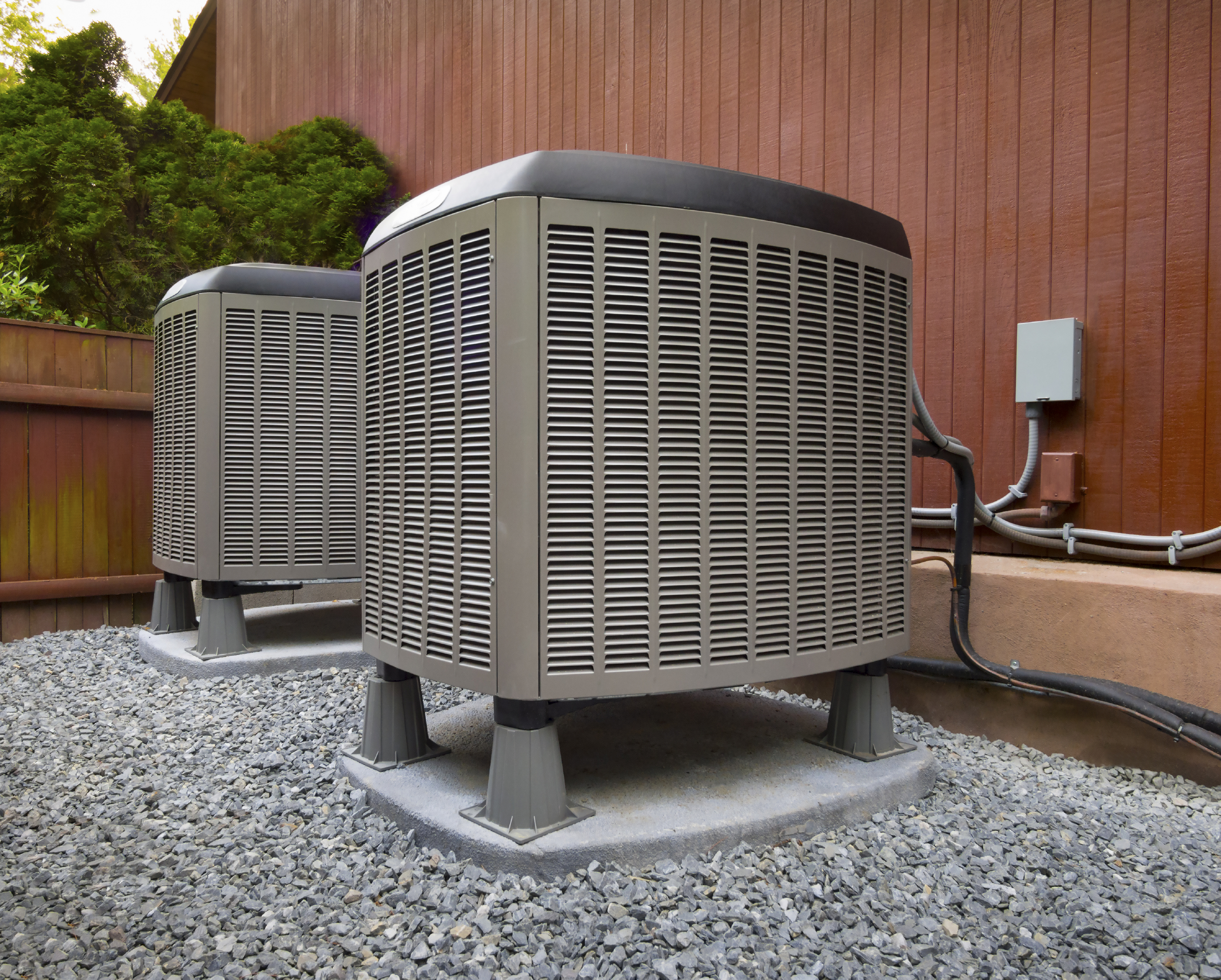
What is it?
Permanent magnet AC motors (PMAC) are just like standard induction AC motors except they have permanent, rare-earth magnets attached to their rotors (the center part of the motor that spins). Having these permanent magnets instead of electromagnets reduces energy losses in the motor. They are also called synchronous AC motors and are even more efficient than electronically commutated motors (ECMs).
How does it work?
Rather than inducing a magnetic field in the rotor, PMACs use the natural magnetic field of the rotor material to create motion.
What are the most appropriate applications?
PMACs will save energy in all motor applications due to their superior efficiency. The best applications are motors located in refrigerated spaces, due to the added benefits of reduced refrigeration load. Note that PMAC motors require variable frequency drives (VFDs) that are specially made and are typically offered only in sizes below 50 horsepower.
What are the savings?
PMAC motors have 15-20%[1] fewer energy losses than a standard NEMA Premium efficiency induction motor. Replacing just a two horsepower induction motor with a PMAC motor in a large cooler would result in annual energy savings of about 400 kWh between energy and refrigeration savings. The savings will increase with motor size. Savings can be larger if the motor regularly operates at lower loads as PMACs are more efficient at these conditions than other motors.
What are the non-energy benefits?
The lower operating temp of PMAC motors reduces maintenance needs and increases equipment life. Their synchronous operation allows for improved speed control over induction motors. Finally, they operate at higher power factors.
What is the cost?
Costs have been reported as comparable to ECMs[2], and payback periods of 12 to 24 months[3] are possible over induction motors (using incremental cost). Rare-earth magnet prices are highly volatile, so the prices can vary significantly.
What is the status/availability of the technology?
This technology is readily available through multiple vendors.
What kinds of incentives/programs are available?
This technology is typically evaluated under Custom Rebate programs.




